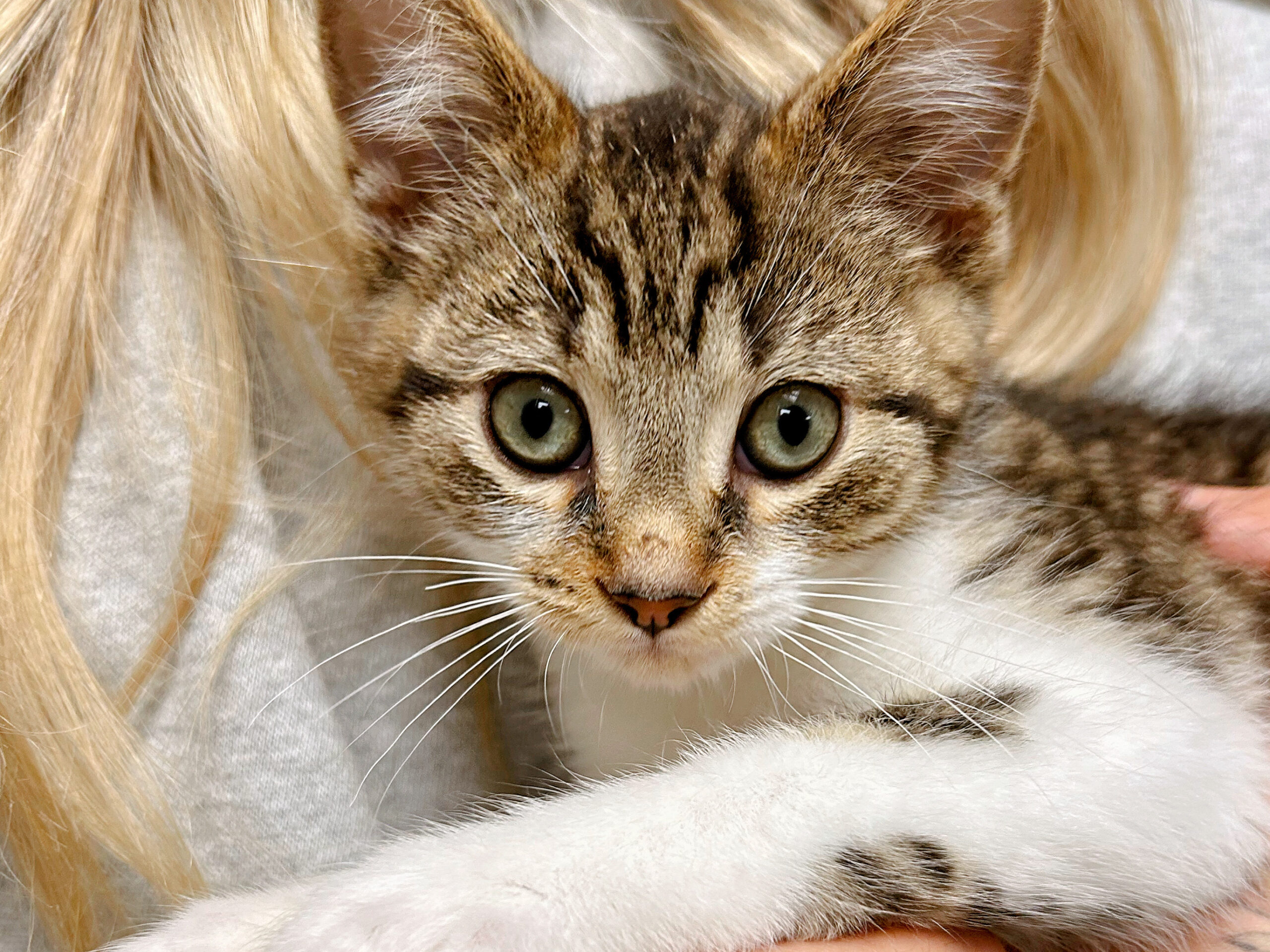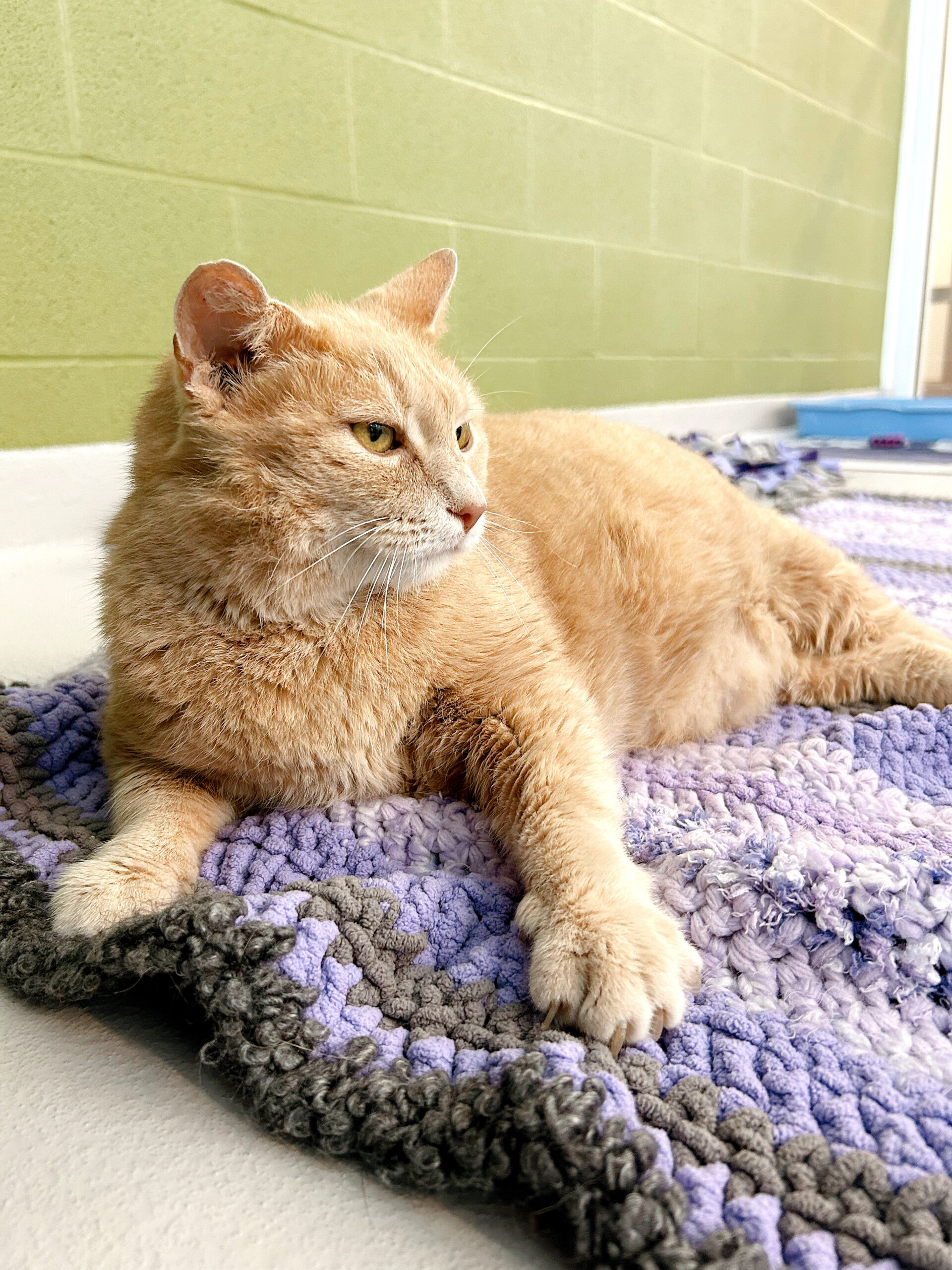
The 3-3-3 Rule: Helping Your Newly Adopted Pet Adjust to Life at Home
At the Peterborough Humane Society, we often share this simple guideline to help adopters understand what their new pet might be going through during the first days, weeks, and months at home. The timeline is not exact for every animal, but it offers a helpful starting point as you both begin your life together.
What Is the 3-3-3 Rule?
The 3-3-3 Rule is a way to explain the common phases of adjustment a dog or cat goes through after being adopted.
It breaks down into three stages:
3 Days
Decompression. Your pet is likely feeling overwhelmed or unsure. They may hide, be nervous, or avoid eating. This is completely normal. They need a quiet space, a calm routine, and the freedom to adjust at their own pace.
3 Weeks
Settling in. Your pet is learning your routine and getting more comfortable. They might start to show more of their personality, test boundaries, or display new behaviours. This is a good time to start gentle training and build consistent structure.
3 Months
Feeling at home. Your pet is beginning to feel secure, bonded, and fully part of the family. They know the routine, understand your expectations, and are more relaxed in their new environment.

What to Expect at Each Stage
First 3 Days
- May hide, sleep more, or avoid interaction
- Might not eat or drink regularly
- Could have accidents in the house
- Is adjusting to the sights, smells, and sounds of their new home
- Needs time to decompress
First 3 Weeks
- Starts learning the daily routine
- Begins feeling safer and more settled
- May test boundaries
- Begins showing their true personality
- Might need some training and support
First 3 Months
- Builds strong bonds with family members
- Feels secure and at ease in their environment
- Becomes more confident and playful
- Shows affection and trust
- Settles into a long-term rhythm

How You Can Help Your Pet Adjust
Every animal is different, but your patience, kindness, and consistency will make a big difference. Here are a few tips to support your new pet during each phase.
During the First 3 Days
- Set up a quiet, safe space with their bed, toys, and food
- Keep the environment calm and simple
- Avoid large gatherings or busy outings
- Let them approach you when they are ready
- Stick to a predictable schedule
During the First 3 Weeks
- Establish household routines and expectations
- Begin using positive reinforcement training
- Be consistent with meals, walks, and quiet time
- Give lots of praise when they make good choices
- Monitor behaviour changes and respond gently
During the First 3 Months
- Continue to build trust through play and companionship
- Encourage enrichment activities like puzzle toys or new walks
- Stay patient with any lingering behaviour concerns
- Keep reinforcing good behaviour and boundaries
- Celebrate progress and connection

You’re Not Alone
Adjusting to a new life can be hard for animals, even in the best circumstances. By giving your new dog or cat the time they need to feel safe, you are laying the foundation for a trusting, loving bond.
If you have adopted an animal from us and need support during this transition, please don’t hesitate to reach out. Our team will be happy to help!
Thank you for giving a shelter animal a second chance. Your compassion makes a real difference, and we’re here to support you every step of the way.
